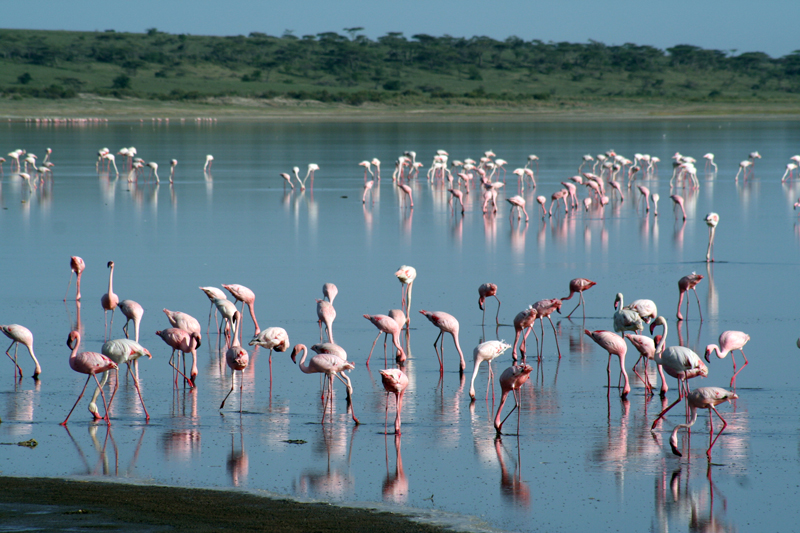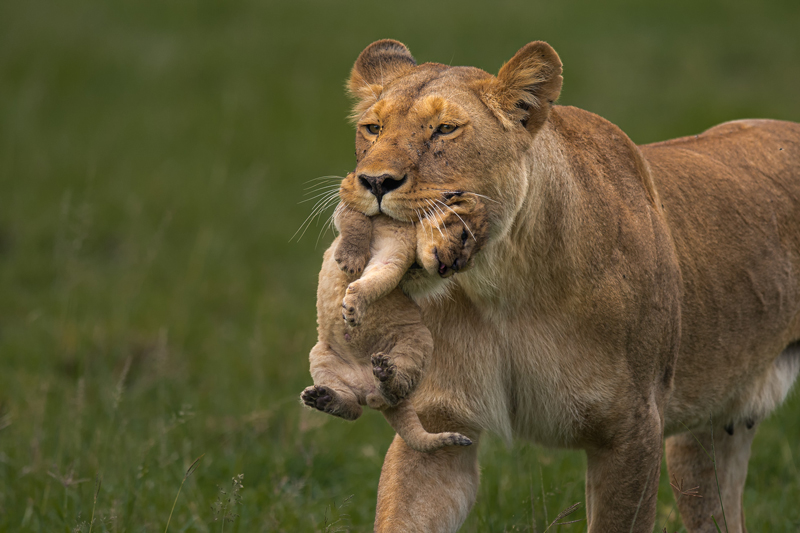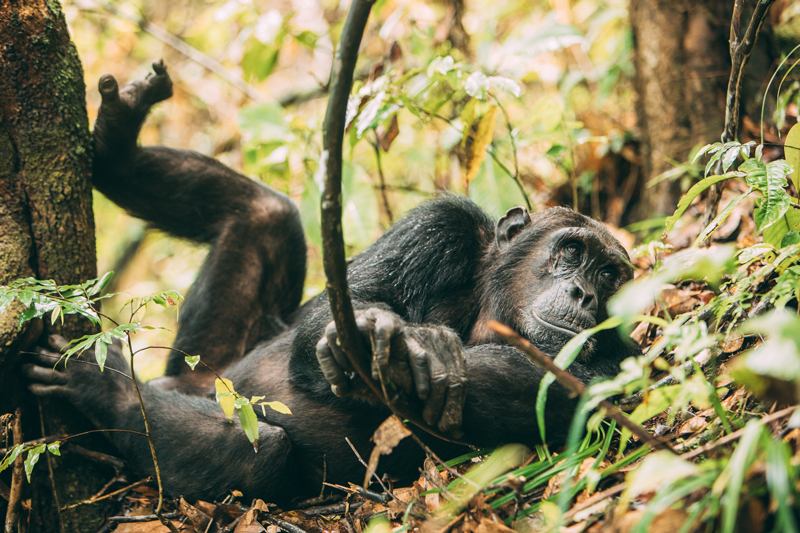Tanzania Wildlife Highlights
Tanzania offers fantastic all round game viewing, including the wonderful big cats (lion, leopard and cheetah).
The Serengeti is unbelievable for lion and cheetah sightings, and good for leopard too. Other regions that are good for the big cats include the Ngorongoro Crater (mainly lion), Tarangire, Ruaha and Katavi (all lion and leopard).
Elephant viewing is excellent in Lake Manyara, Nyerere and Ruaha, though the stand out park is Tarangire, particularly during the dry months from June through to October. Towards the end of the dry season (October), spectacular elephant viewing can also be enjoyed on the open plains of Katavi, with elephants usually coming together in huge numbers.
Whilst rhino are found in a few areas, including a couple of different areas in the Serengeti, the easiest place to see them is in the Ngorongoro Crater, where there is a good population of black rhino.
The rare African wild dog can be seen in small numbers throughout much of the country, but sightings are not common. In recent years, dog sightings in the Nyerere have become more regular and there are several packs thriving in the reserve. The packs travel huge distances which makes sightings difficult to predict.



The best ‘wild’ chimpanzee viewing in Africa can be enjoyed in western Tanzania where the forested mountains of Gombe Stream and Mahale Mountains national parks tumble down to the shores of Lake Tanganyika. In addition to chimpanzee viewing, other primates include red-tailed monkey, red colobus, black and white colobus and blue monkey.
However, the main wildlife highlight in Tanzania is the annual wildebeest and zebra migration which can be seen in the Serengeti year round. The herds tend to settle on the short grass plains of the southern Serengeti in December, after the November short rains have created fresh grass and filled seasonal drinking spots. The wildebeest calve in late January/early February on the open plains. Between late April and June they drift westwards and north through the central and western Serengeti, before arriving in the northern Serengeti in late July. Many wildebeest will spend August to October across the border in Kenya’s Masai Mara, but those who do not feel the need to travel that far can be seen along the Mara River region in the northern Serengeti. In November the herds start to move south through the park to reach the southern plains in time for Christmas! River crossings, when the herds ‘swim the gauntlet’ across the croc-filled Mara and Grumeti rivers, can be seen from June to early November. For more details, visit our dedicated Great Migration page.
Birding in Tanzania is superb, with over 1100 species found through a variety of different habitats. Specialist regions such as the Usambara and Udzungwa Mountains, Mikumi and Lake Natron can be considered in addition to all the key safari regions. Migrant species are most likely to be seen from September to March. Greater and lesser flamingo populations migrate between the Rift Valley lakes throughout the year, but not to a set pattern, though Lake Natron is home to one of the world’s most important lesser flamingo breeding grounds.
Please see our Regions section for more detailed information on Tanzania’s different wildlife areas. Please Contact Us to discuss specialist trips as well as general game viewing safaris.

